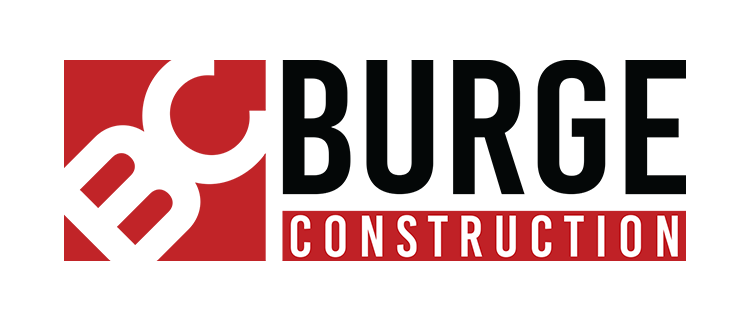Guide to Preconstruction Contracts
The preconstruction phase is intricate, with high stakes and price tags. with fundamental contracts for all parties concerned. Who benefits from preconstruction contracts, and what are they designed to do?
What are Preconstruction Contracts?
You typically see preconstruction contracts in larger, more complex projects used in a two-step tendering process. There are generally two accepted construction methodologies: design-bid-build and design-build. The former method occurs when an owner hires a designer to create a plan before taking it to a contractor for the price. On the other hand, design-build involves a team of contractors and designers who collaborate to bid on a project.
Preconstruction contracts are prevalent in design-build cases, informing the owner whether their idea is feasible or not.
Why Do You Need Preconstruction Contracts?
It's common for an owner to feel unsure of what they truly want—an incomplete project idea. These contracts are written as a due diligence check to help everyone better understand the scope of the work so they know what they’re getting before signing their name on the dotted line.
These plans include required permits, estimated project cost, subcontractors needed, and the anticipated project schedule.
Given the ongoing supply chain crisis, understanding the scope only rises in importance. For example, it’s imperative to know how long it will take to procure certain items, like generators, a particular style of glazing for windows, or hard-to-find wrought iron. Preconstruction contracts help identify these items so that enough lead time is written into the schedule to account for the wait. Essentially, the preconstruction contract keeps everyone on the same page and sets the client and crew up for success.
Slow Things Down
Preconstruction contracts are also designed to protect the contractor against owners who may be initially ecstatic about a project but eventually lose interest as the project details (such as cost) emerge. For example, dispute resolute provisions may be added to the contract, stating that the owner must convene with the contractor and upper management to try and resolve their differences before moving forward. If the parties cannot agree, the owner could proceed to litigation after participating in mandatory business negotiation and mediation sessions. These provisions make owners slow things down evaluate why they may want to step away from a project.
Other Provisions
Ultimately, contractors want to be on a contract for the job’s duration—but some owners may opt out after receiving initial plans. The following provisions can be written into the preconstruction agreement to protect the contractor and disincentivize the owner from making a poor decision. They include:
Instruments of Service
Some owners may take the preconstruction documents—designed schematics, plans, and permits, created by a Class A contractor like Burge Construction—and terminate their service before turning the work over to a lesser qualified, unlicensed contractor who charges less. This is a breach of trust and may be a liability when the original contractors’ work is assumed to be theirs. The instruments of service provision block this from happening by telling the owner that the documents belong to the original contractor and are not the owners’ to hand off.
Termination for Convenience
Because of this risk, lawyers will often also include a termination for convenience provision in the preconstruction agreement, which states that the owner can terminate the contractor at the end of the preconstruction agreement, but they must pay significant liquidation damages. You cannot take the instruments of service, which belong to the initial contractor, without paying for it. These provisions make clients think twice before terminating a contractor.
Indemnity Provision
In California, type 1 indemnity provisions are not allowed, which is when the contractor unequivocally indemnifies the owner even if it’s the contractor’s own negligence. However, California allows type 2 indemnity provisions, which state that “you can’t have someone indemnify you if it’s the other person’s fault.” So, if the owner is negligent, it is not the contractor’s fault.
Preventing Scope Creep
Finally, preconstruction contracts protect against scope creep, which can happen when the owner constantly changes order so that the project ends up looking nothing like it was supposed to. Drawing up a specifically defined scope of services is key to preventing this. If the owner continues to make changes, they must pay for it.
By determining a project’s scope, time, and materials, and a list of provisions that protect the contractor from any unscrupulous behavior on the part of owners who want to exploit their work, the preconstruction agreement is the first step toward a fruitful relationship between the owner and contractor.
Burge Construction Covers All Bases
Burge Construction has delivered high-quality work throughout the Southern California area for over 40 years. As licensed Class A contractors, we have the tools, knowledge, and reputation to help you get your project out of the idea phase and onto the ground. In addition, we offer services that engage strong, open communication and collaboration so that everyone is on the same page through an entire project.
Get started today by calling us at (949) 492-1175 or following us on LinkedIn.
